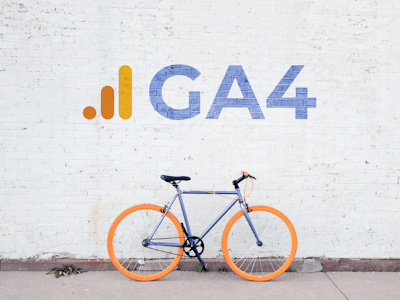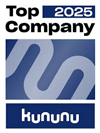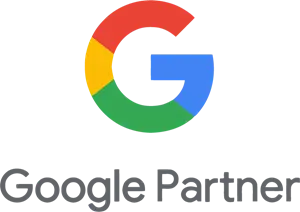The online marketing world consists of a multitude of technical terms and foreign words. The title of this article - SEA - is one of them and should therefore be explained first: SEA is the abbreviation for Search Engine Advertisement and stands for all advertising measures that can be implemented in connection with a search engine. So that you do not lose track of all the other terms, we provide definitions of the most important online marketing terms in the following glossary. Our glossary is updated regularly so that you don't miss the boat. Have fun browsing!
Ads
The ad options vary depending on the target or placement of the advertisement. Text, picture and video ads are the most common.
App campaigns
iOS or Android apps can be advertised in search results, on the App or Play Store, or on the >Display Network.
Bids
See >click costs.
Bounce rate
The bounce rate provides information about how many website visitors immediately leave a website after viewing only one page. High bounce rates can be a signal that the page in question should be revised.
Campaigns
Google and Microsoft offer different types of campaigns to promote your website or products: >Search, >Shopping, >Display, >Video and >App. For each campaign >ads, >keywords, >bids, >landing pages, >target groups and >placements are defined.
Clicks
The number of clicks shows how many times an ad that has been displayed was clicked. Online campaigns are usually charged per click (>cost per click).
Cost per click (CPC)
Online campaigns are usually charged per click. As soon as a customer is redirected from an ad to the corresponding website or app, costs arise for advertisers. The click costs depend on the advertiser's bid and can vary depending on the >campaign, >keyword, >target group or >placement. Before the start of each campaign, advertisers indicate how much they are willing to spend per click on an ad.
Click through rate (CTR)
The click rate shows the ratio between >impressions and >clicks. The higher this rate is, the more successful an ad is to be classified. Depending on the type of campaign, the click rate varies greatly. Image ads usually show a high number of impressions and relatively few clicks. This leads to a low click rate. Text ads, on the other hand, are usually displayed less often (few impressions), but are clicked relatively often (high click rate).
Conversion rate
Conversion refers to an action on a website such as filling out a form, ordering a product or subscribing to a newsletter. The conversion rate illustrates the relationship between the number of actions and the number of website visits.
Display campaigns
The Display network includes numerous Google and Bing partner sites that allow advertising on their websites. The ads are displayed in form of an image or video on selected >placements and achieve a high reach.
Impressions
The number of impressions provides information on how often an ad has been displayed, regardless of whether the ad was actually clicked on or just skimmed. Depending on the campaign, an upper limit can be defined for the number of impressions per day and user, so that someone does not see an ad an infinite number of times per day.
Keywords
Ads are displayed in the >search network corresponding to a keyword – a search term. If a customer enters the corresponding word or word sequence in Google or Bing, the text ad appears.
Landing pages
Landing pages are the home page or subpage of a website to which a customer is redirected after clicking on an ad.
Placements
Placements are partner sites in the >display network of Google or Bing, on which advertisers can place image or video ads.
Search campaigns
The search network includes the search results and various partner sites of Google or Bing. The ads displayed consist of text and are placed based on >keywords, which only reaches customers who are actively looking for the corresponding product or service.
Session duration
The average session duration measures the average time that website visitors spend on a page. The more qualitative information can be found on a page, the higher this value should be.
Shopping campaigns
Shopping ads include a product photo and price. By clicking on the ad, customers are directly forwarded to the product subpage in the corresponding online shop. The ads are shown in the search results and on partner sites just like text ads.
Target groups
All campaigns can be targeted at specific target groups. These can be defined by age, gender, interest and many other categories.
Video campaigns
On YouTube, various ads with videos and/or text can be displayed.
Visited pages
The average number of visited pages shows how many pages website visitors open on average. The more subpages a website has, the higher this value should be.












